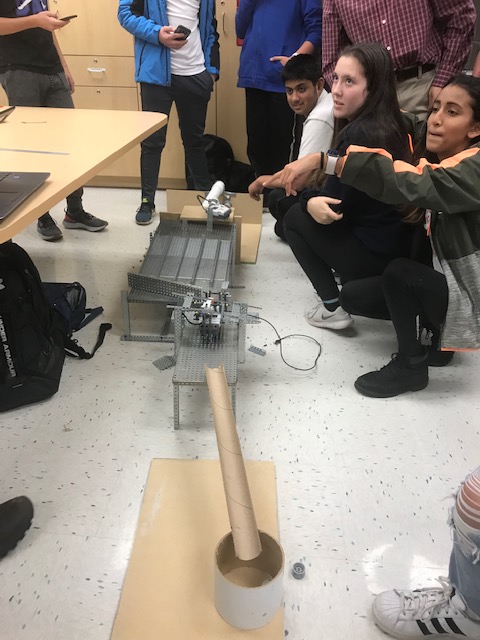In class I learned what isometric sketching and perspective sketching are and how to create them. I have sketched my first isometric and perspective sketches which I think turned out pretty well. An isometric sketch lets a person view three views, the top, the front, and either the right or left side. Lines in a isometric sketch are parallel while in a perspective sketch they aren’t. A perspective sketch is drawn how you would actually see an object with your eyes. They can either be a one-point, two-point, or three-point sketch. A one-point perspective sketch has the width going to a vanishing point, with length and height staying straight. A two-point perspective sketch has the width and length going to their own vanishing point, with the height lines staying straight. Lastly, a three-point sketch has the length, width, and height all going to their own vanishing point. For me, drawing the perspective sketches were a lot harder than the isometric sketches. In the past we have been creating concept sketches which are only two dimensions. Creating an isometric and perspective sketches are more difficult than drawing a concept sketch. When creating an isometric and perspective sketch you need to the draw height, width, and depth compared to just drawing the height and width in a concept sketch. In addition, when drawing an isometric sketch orthographic paper is used, which I haven’t had any experience with. I drew a few isometric sketches that I replicated, a pencil, and a clothespin. I enjoyed this task because it was challenging and fun. I also drew a few perspective sketches that I replicated and a phone.
My Isometric Sketches:

Practice Isometric Sketches

Pencil Isometric Sketch

Practice Isometric Sketches

Isometric Sketch

Isometric Sketch

Paperclip Isometric Sketch

Isometric Practicing
My Perspective Sketches:

Two-point Perspective Sketch

One-point Perspective Sketch

Two-point Perspective Sketch 2

One-point Perspective Sketch 2

One-point iPhone Perspective Sketch



















